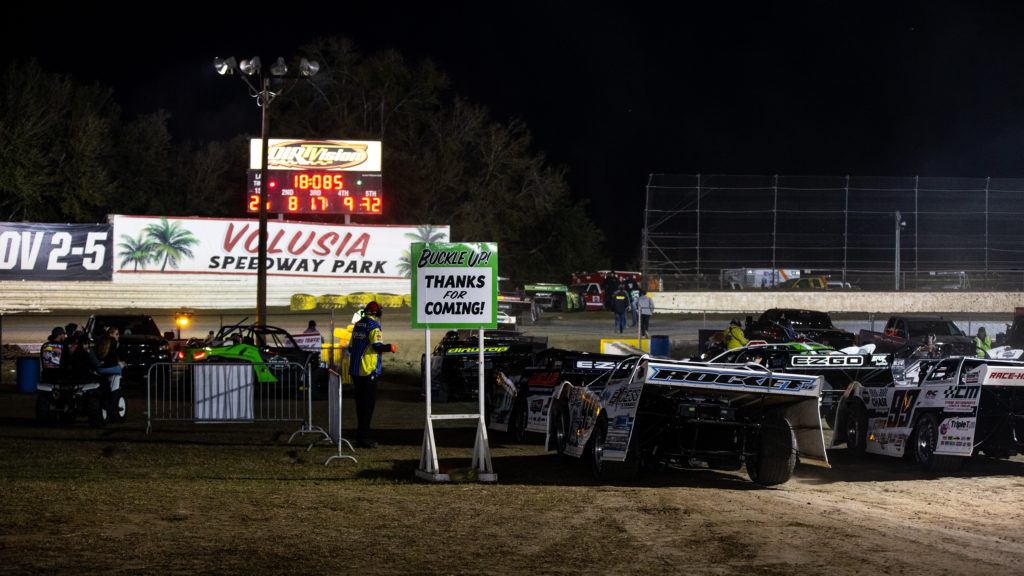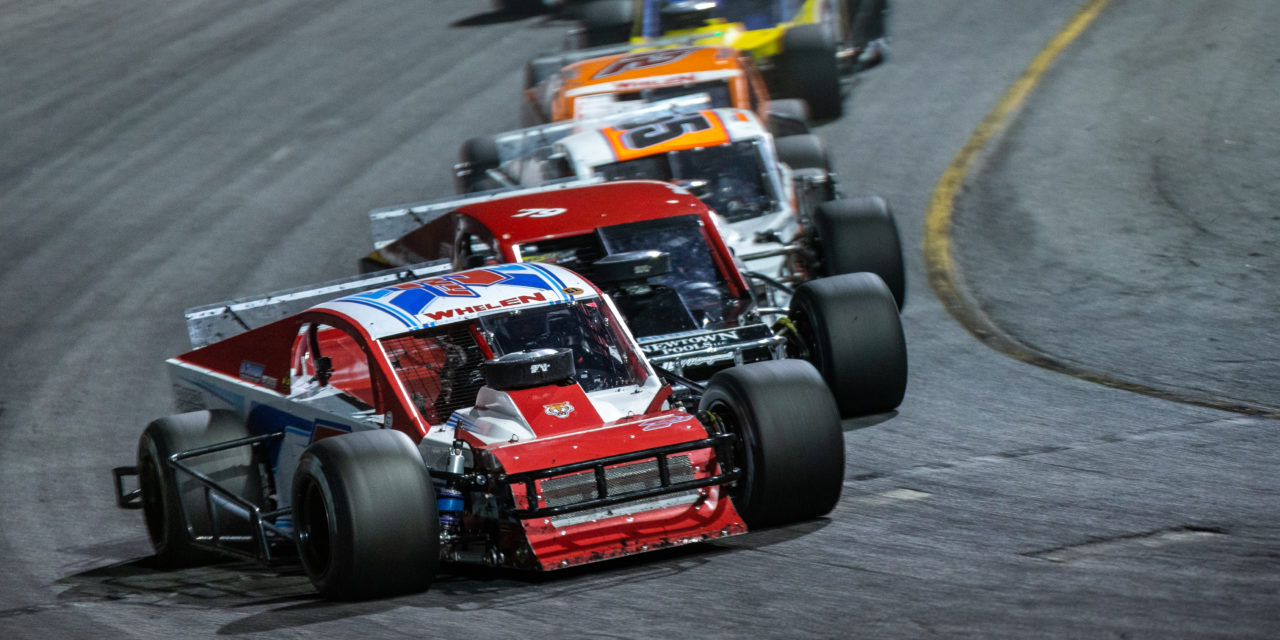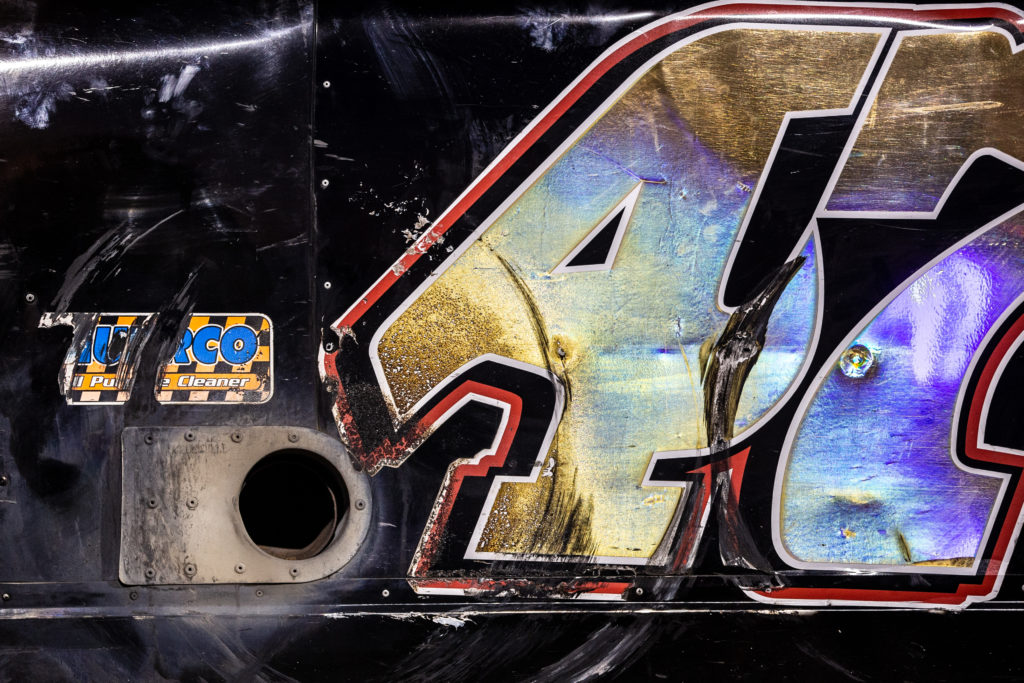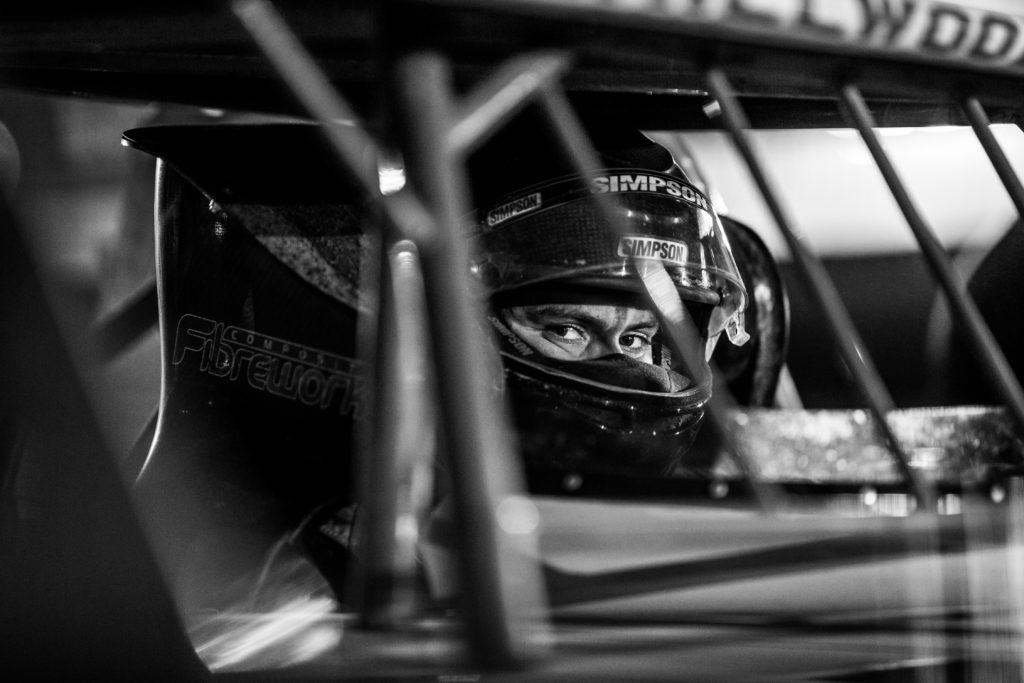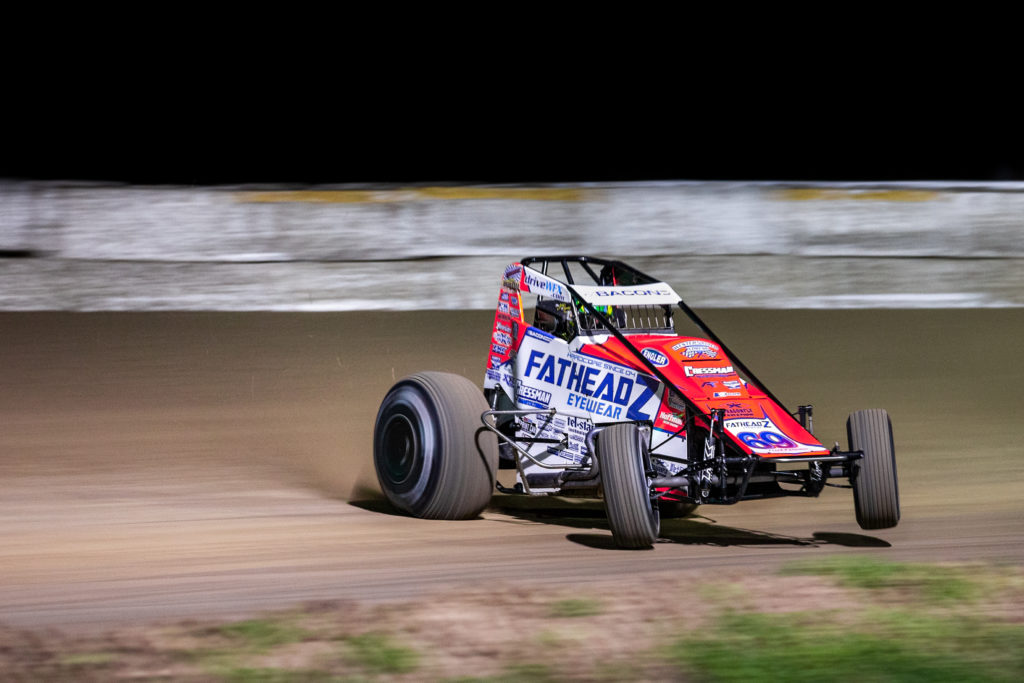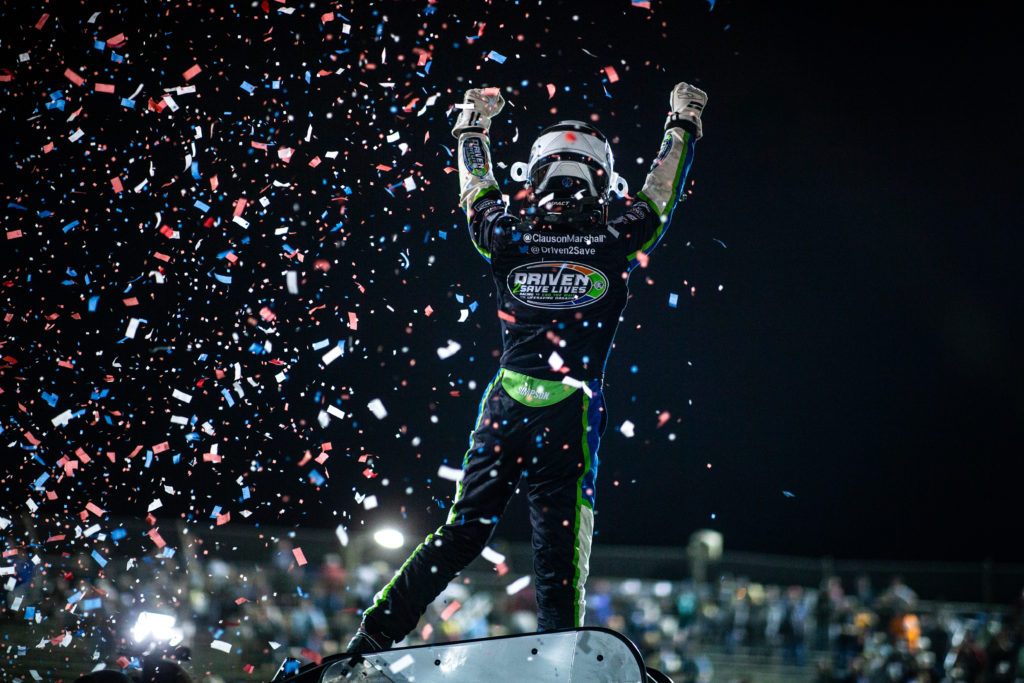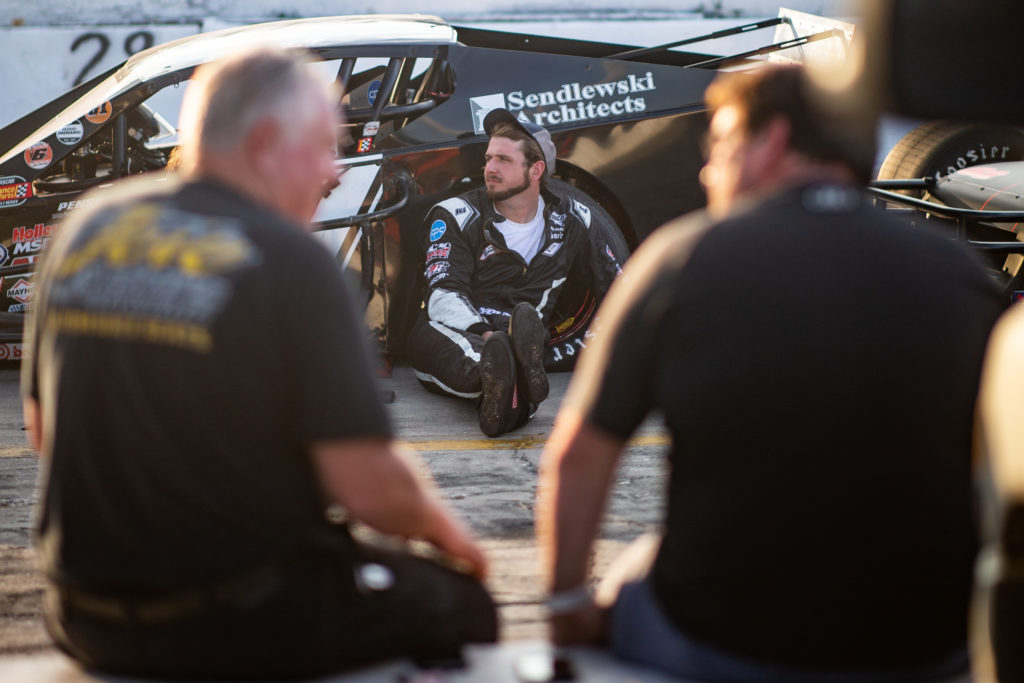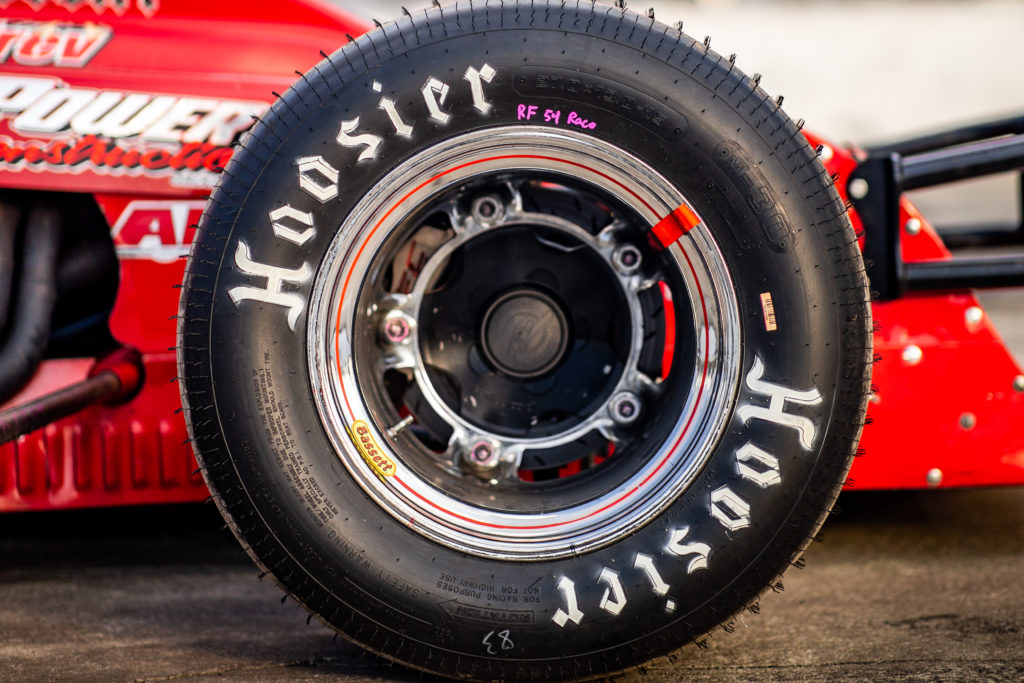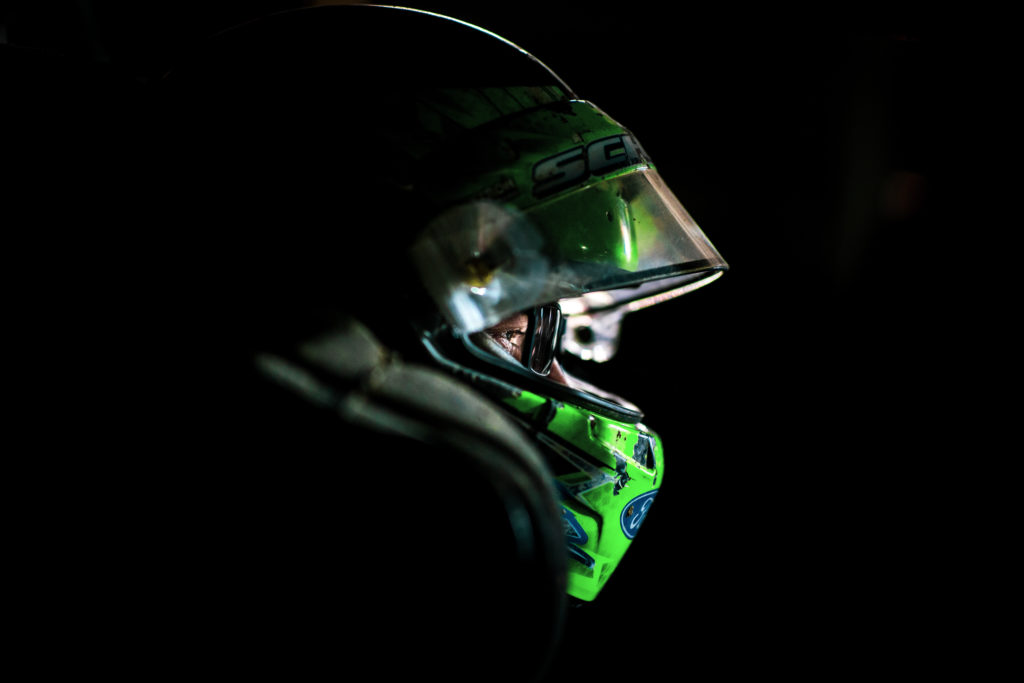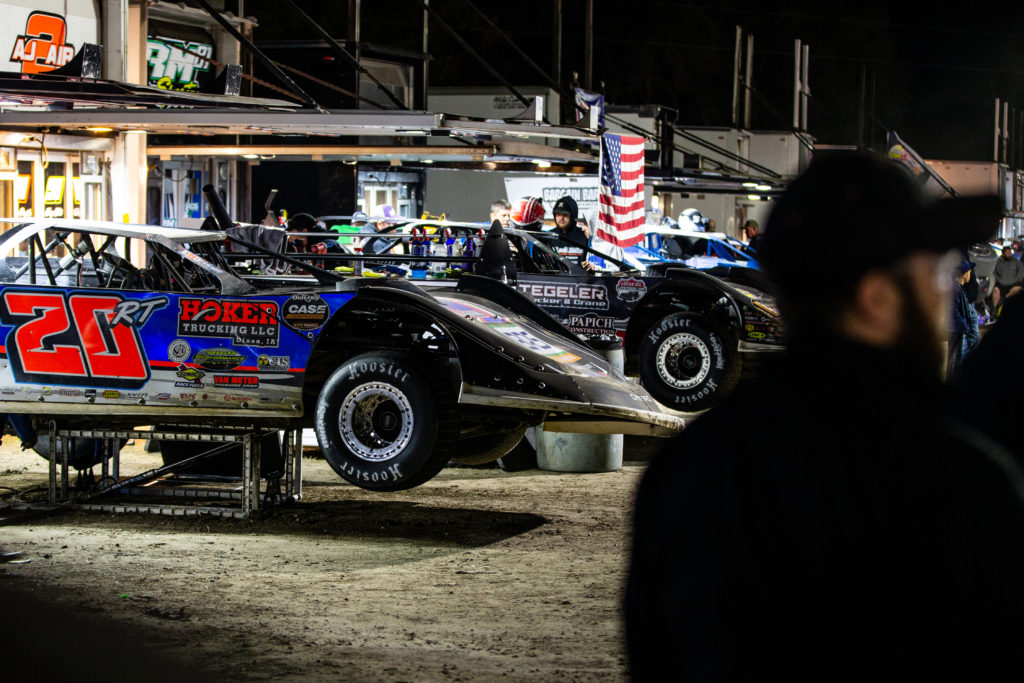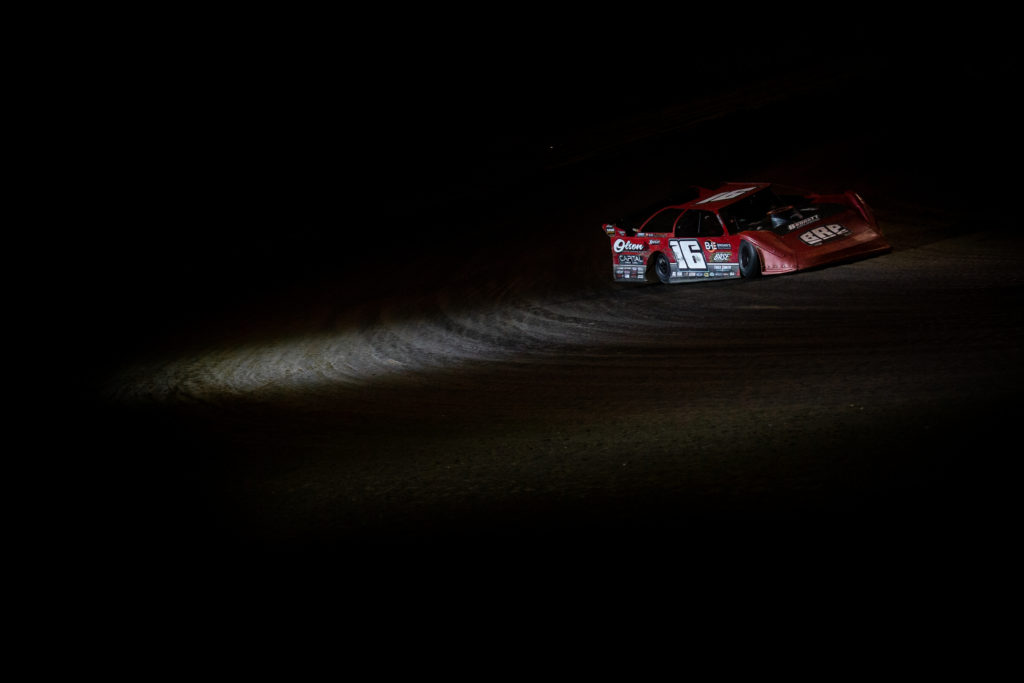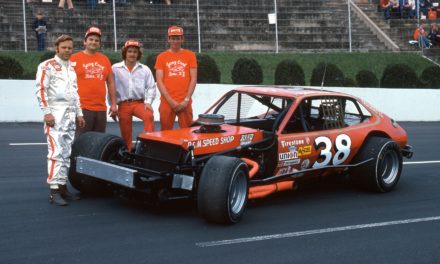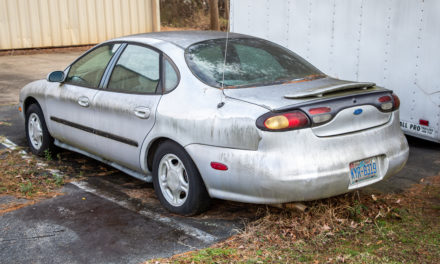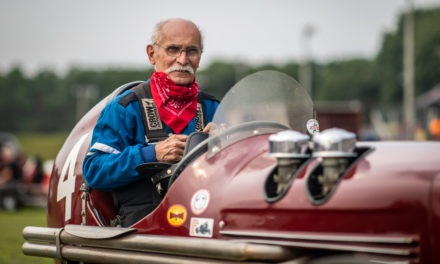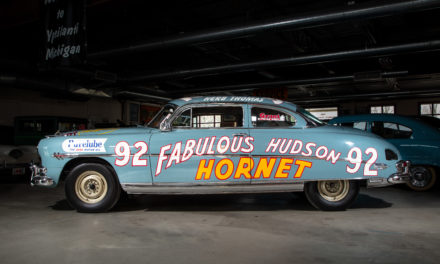If you remove the provenance from the Daytona 500 and examine the iconic event solely as an auto race, it’s a lackluster affair. For decades, NASCAR has used restrictor plates at super-speedways like Daytona and Talladega to slow the cars, which is great for competitor and fan safety but tames the on-track product. The stockers are locked together by aerodynamics and most of the afternoon is spent in a coagulated pack, forty cars lined up like animals boarding the Ark. In essence, these are 200-mile-per-hour parade laps. Overzealous drivers provide the only breaks from the monotony. They may misjudge gaps or “bump-draft” at inopportune times, causing massive 20-car pileups in a flash. If you were to examine the story arc of The 500, it would be a flat line with several dramatic spikes. This arrangement may work for Game of Thrones, but out on the racetrack, it leaves me wanting more.
Despite my issues with ’plate racing at Daytona, I still made the trip down to the beach last February. I love NASCAR, and the atmosphere of The 500 is unmatched by any other sporting event. I predicted The Great American Race would likely fail to produce an awe-inspiring door-banging drama (turns out, I was dead wrong), so I started my weekend vacation a few days early to soak in the sunshine at Florida’s lesser-known ovals surrounding the Daytona area.
At those diamonds in the rough, I affirmed my hypothesis: During the Daytona 500 weekend, the most spirited competition occurs in adjacent Florida zip codes. These short tracks are not short on action.
Night One: Bubba Raceway Park
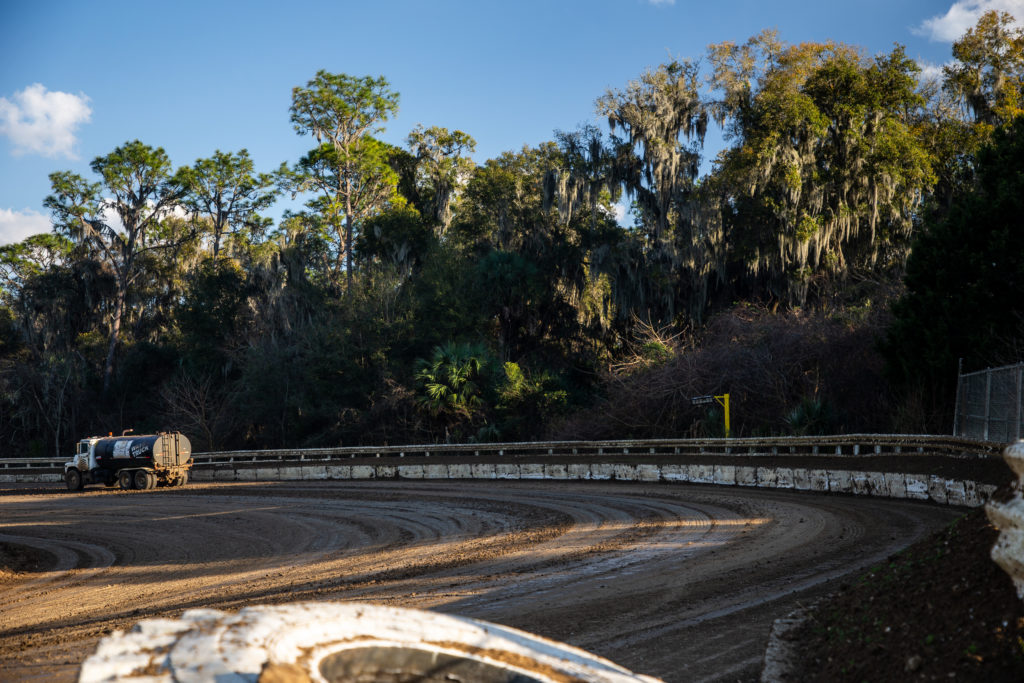
Ocala National Forest is the second-largest federally protected forest in Florida. Just outside the government’s glorious acres of Southeastern conifer forests and inland scrub, twenty minutes south of Gainesville, sits Bubba Raceway Park. The 3/8-mile, D-shaped oval was opened in 1952, making it the state’s oldest continuously operated raceway. In addition to changing owners and monikers over the years, Bubba, much like many other Florida tracks, has changed surfaces. It began life as dirt track, was paved for 10 years during the late-1990s and early aughts, and was returned to back to its original clay in 2008.
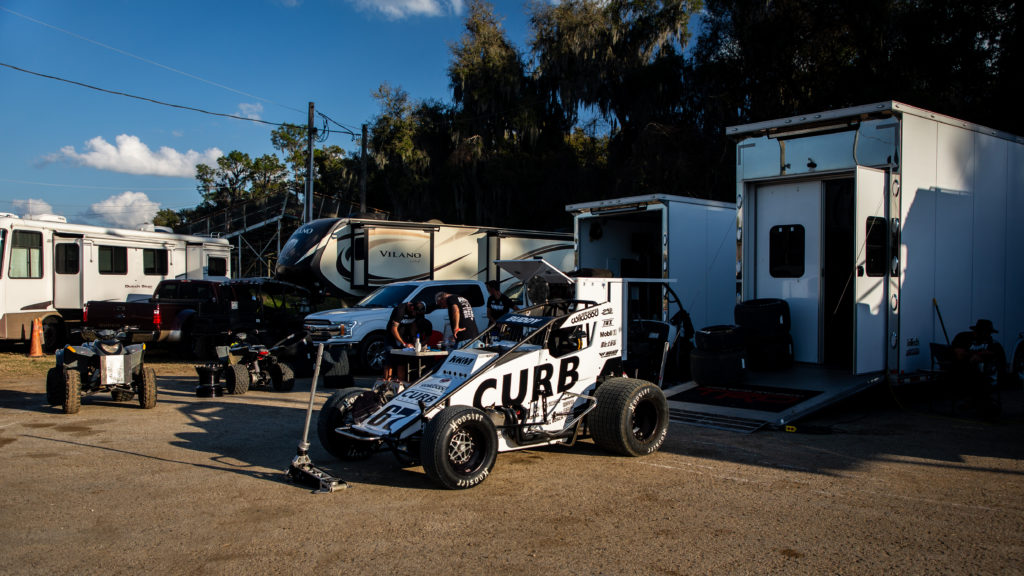
The weekends leading up to Sunday’s Daytona 500, Bubba hosts Lucas Oil Late Model and USAC racing. Sheet metal wedges and open-wheel sprint cars grace the banks for six nights of dirt-slinging action. For many midwestern drivers, like Jeremy Kerzman, who made the trek from Minnesota to campaign his sprinter, Bubba provides respite from sub-zero temperature and piles of snow. The only thing hotter than the Southern February weather was the on-track slicing and dicing. Drivers drove all-out, looking to bring home some green along with a Florida tan.
Night Two: New Smyrna Speedway
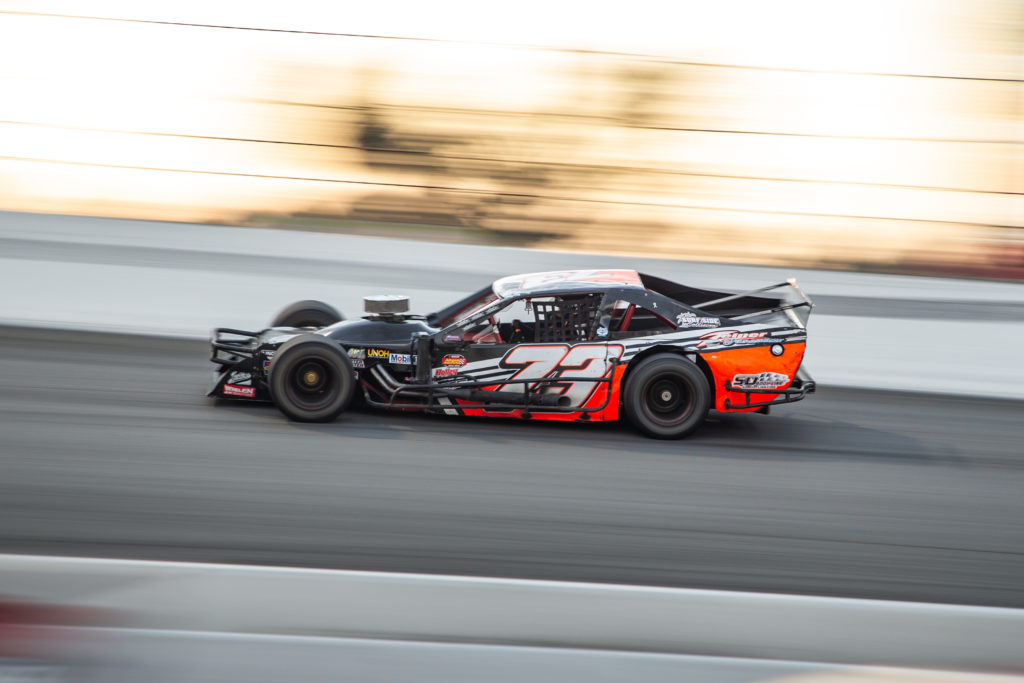
NASCAR Hall-of-Famer Richie Evans once said, “If you can win at New Smyrna, you can win anywhere in the United States.” The high-banked half-mile oval lies 12 miles south of Daytona International Speedway. New Smyrna opened as a dirt track but was paved six months later to host the World Series of Stock Car Racing, which is now its most popular event. Multiple divisions race for nine nights leading up to the Daytona 500. Due in part to its proximity, NASCAR drivers over the years—from Bobby Allison to Kyle Busch—have made many a quick jaunt down the 415 to bang doors with grassroots racers. The night before to my visit, current Cup Series star William Byron entered in one of the late models divisions, only to be out-dueled by a regional rising star. (Byron would return Saturday night to do one position better in the Word Series’ grand finale.)
Tour-type modifieds—low-slung, open-wheel cars prevalent in the Northeast—were the featured class on Friday night (joined by late-model stock cars and vintage oval-trackers). These cars are wickedly fast, thanks to their featherlight weights and steam-roller slicks. The spectacle would’ve left me slack-jawed if I hadn’t been devouring the world’s best homemade sloppy joe from the snack stand. Both past and current NASCAR drivers have used this series as a springboard to the professional ranks. The entire field recognizes the possibility that dominance during the World Series could open doors at the higher levels of auto racing, and they race accordingly, giving no quarter and taking no prisoners.

Night Three: Volusia Speedway
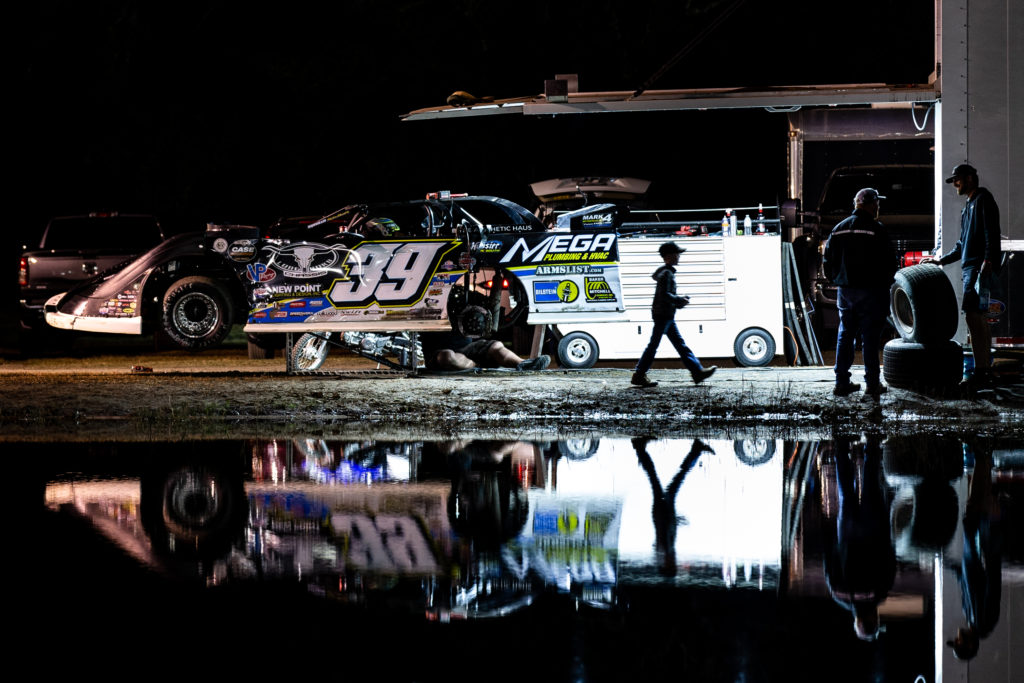
According to the CDC, alligator attacks result in an average of one U.S. fatality per year. I spent Saturday night tip-toeing around the sandy banks of Volusia Speedway’s Gator Pond behind the half-mile oval’s backstretch, desperately hoping to avoid a place in that national average. Some teams were braver than I, parking their rigs next to the man-made pond in the back of the track’s property.
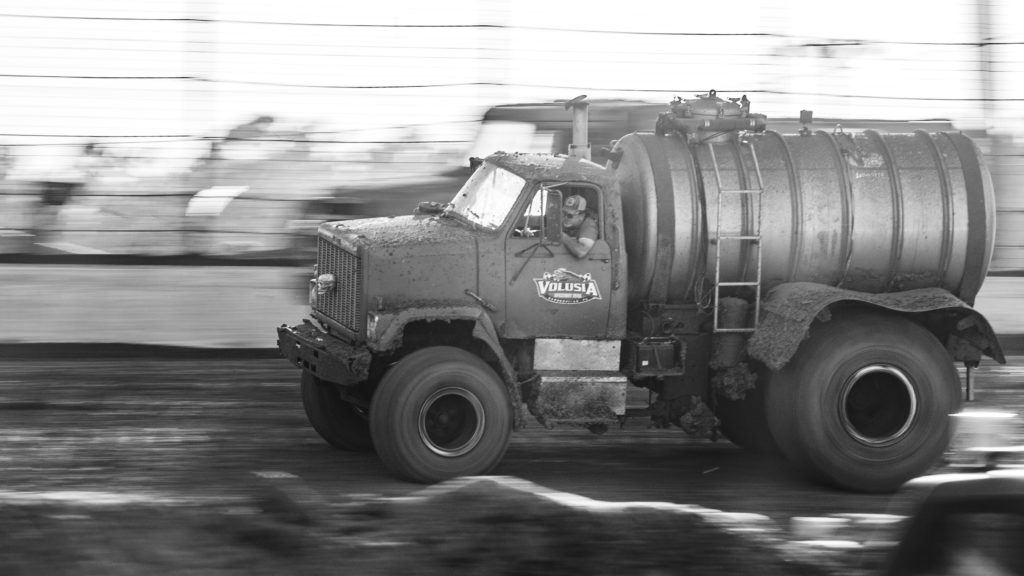
Truth be told, neither I nor the teams were in any danger. The gators are harmless—unless you’re smaller than them—and Volusia is a diamond among dirt tracks, replete with a sparkling clean midway, several local eatery options, aluminum grandstands, a robust catchfence, and a well-groomed clay racing surface. In fact, this family-friendly palace of speed is promoted as “the world’s fastest half-mile.” While this may be hyperbolic, the broad clay corners and arcing backstretch allow for cars to achieve truly remarkable speeds.
Since it opened in 1968, Volusia Speedway has hosted DIRTcar Nationals every February leading up to the 500. (Though, the current dirt track used by weekend warriors was once the property’s paved speedway that showcased NASCAR racing.)
Twelve straight nights of racing. Original track owner Benny Corbin, who also designed and promoted New Smyrna Speedway, sold Volusia in 1982 with the stipulation that Nationals would be run each winter. Now, the track is owned by World Racing Group, the organization behind dirt-racing powerhouse World of Outlaws. Their late-model and dirt-modified divisions were completing their final night of competition when I stopped in. In addition to prize money, winning drivers take home a giant golden gator—one that doesn’t bite.
